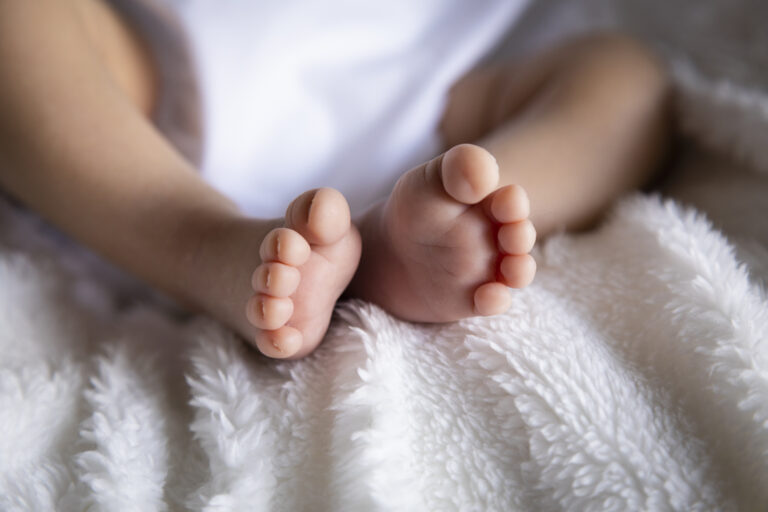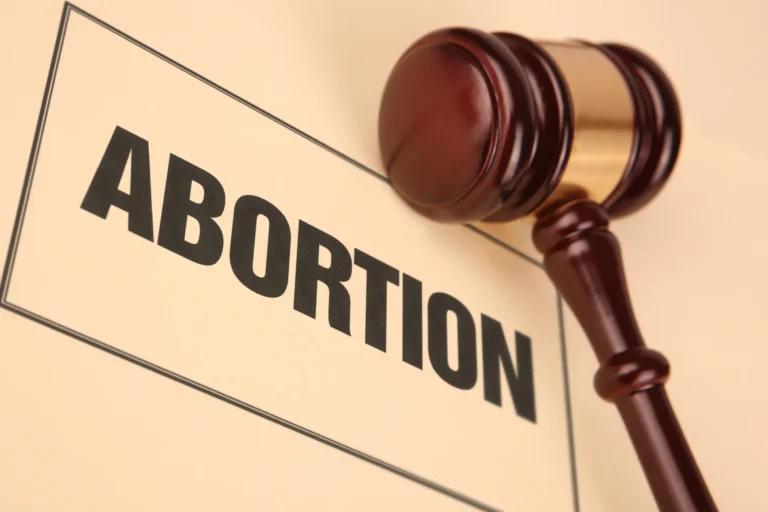Kenyan Abortions
PRI has reported in the past that illegal abortions are performed in Marie Stopes clinics in Kenya, usually by manual vacuum aspirators (MVA). Now a Norwegian newspaper, Dagen, has reported on the same thing. Dagen quotes a source at Marie Stopes Kenya (MSK): “We do abortions, but we don’t like to talk about it. We offer it, but it is not legal.” Cyprian Awiti, program director for Marie Stopes Kenya, admitted they do abortions, but added that the Family Planning Association of Kenya also does illegal abortions. When asked if she was concerned about being arrested for performing abortions in violation of Kenyan law, a MSK nurse said she was unlikely to be arrested unless a woman died during an abortion. Marie Stopes International is given $2.8 million every year by UNFPA, of which $221,000 is given to Marie Stopes Kenya.
(“United Nations Sponsored Women’s Clinic in Kenya Admits to Illegal Abortions.” LifeSiteNews.com, 17 March 2004)
Few Children
A state representative in the Washington legislature has introduced a bill to urge parents not to have more than two children. Democrat Maralyn Chase calls her proposal the Two-or-Fewer Bill, The goal is to “promote population sustainability.” The bill proposes that the Washington department of health distribute a pamphlet (paid for by taxpayers) detailing the supposed benefits of having two or fewer children. Many in Washington oppose the bill, and not just pro-lifers. The Seattle Times called the bill “unabashed government nannyism.”
(“Law of the Land: Legislator’s bill urges two-child limit,” WorldNetDaily, 7 February 2004)
South Korea
Officials in South Korea are concerned about the low -and still falling- birthrate in their country. South Korea has the lowest birthrate in the world, at 1.17 children per woman. This is far below the replacement level of 2.2, and even below the 1.32 birthrate of Japan, a country which is already experiencing the consequences of an aging population. The South Korean population is expected to be reduced by two-thirds within the next 100 years, from 48 million to a mere 16 million. The government is discussing ways to combat the problem. The National Strategy for a Low-Birth Rate and Ageing Society wants to offer cash incentives to South Koreans who have children. Under their plan, parents of newborn children would receive 200,000 won (approximately $175 USD). In addition, families with three or more children would “be given priority when bidding for a new apartment.” The government also plans to raise the retirement age from the current average of 57 to 60 and eventually 65.
(“Plummeting birth rate calls for drastic measures,” AsiaNews, 30 March 2004, quoted in LifeSiteNews.com, 31 March 2004)
Lack of Priests
There are numerous problems brought on by falling fertility rates, including aging populations and failing social security systems. Another consequence of low fertility rates, according to Archbishop Csaba Ternyak, Secretary of the Catholic Church’s Congregation for the Clergy, is a decline in the number of priests. Archbishop Ternyak recently stated that although the total numbers of priests throughout the world has increased in the last 40 years, in areas where the population is declining, so are vocations to the priesthood. In areas where fertility rates are higher, there has been a growth in the number of priests. Archbishop Ternyak stated that the decline in vocations to the priesthood, “corresponds to the progressive aging of the local population, the troublesome phenomenon of the drop in birth rates, and finally to the cultural phenomenon of the increase in secularism.”
(“Low population means less vocations, warns Congregation for the Clergy,” Catholic News Agency, 7 April 2004)
Implanon Implants
Underage girls in Australia are being given contraceptive implants which temporarily sterilize them for up to three years. The implant, Implanon, is a small flexible rod p which is inserted in the upper arm. It releases progestogen into the woman’s system. Australian Medical Association Northern Territory president Dr. David Meadows stated that “We are putting Implanon into girls who are under age who are likely to get pregnant… They don’t want their mums finding out they’re on the pill-it’s easier to hide a small rod in their arm than it is to hide a pill packet.” Meadows estimates that 50–100 teens have been implanted with Implanon.
(Edith Bevan, “Under-age girls requesting sterilization,” Newcom.au, 25 February 2004)








